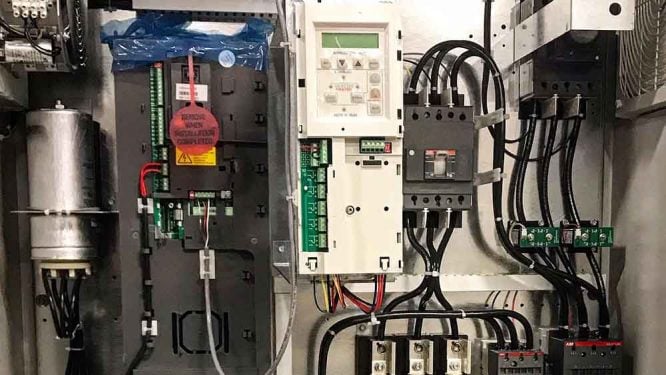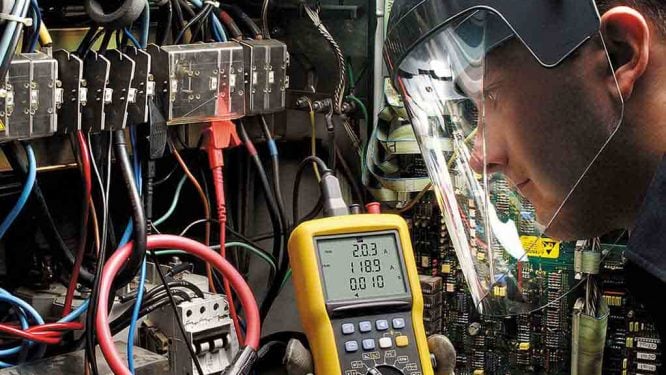Description
This course introduces the student to the basic concepts of fault studies on a high voltage three-phase system. With the help of a quick review of “Per Phase” and “Per Unit” methodologies system faults are analyzed with the use of symmetrical components. System modeling is then used in order to aid in the process, with the ability to move between asymmetrical and symmetrical systems.
At the end of this course, the student will understand the basic concepts of fault studies on a high voltage three-phase system. The student will understand the methodologies of system faults and be able to analyze faults using symmetrical components.
System modeling is then used to aid in the process, with the ability to move between asymmetrical and symmetrical systems.
Course Summary
- Introduction
- Short Circuit and Fault Analysis Overview
- Per Phase Analysis
- Per Unit Analysis
- Change of Base
- Transformers and Per Unit Analysis
- Symmetrical Components
- Asymmetrical Three Phase Fault Analysis
- System Modeling
- The Final Exam With 24 Questions
For more information and video preview, please visit the course page:
Fault Analysis Using Symmetrical Components in High Voltage Three-Phase Power Systems


 The Essentials of Motor Soft Starters, Motor Starting Methods and Applications
The Essentials of Motor Soft Starters, Motor Starting Methods and Applications  Substation Protection and Fault Analysis Bundle (Five Courses)
Substation Protection and Fault Analysis Bundle (Five Courses)  Voltage Drop and Fault Current Analysis Course For Power Engineers
Voltage Drop and Fault Current Analysis Course For Power Engineers  Learn How to Perform Calculations of Electrical Loads and Design the Protection System
Learn How to Perform Calculations of Electrical Loads and Design the Protection System  Relay Control and Protection Bundle: Complete Relay Circuitry and Schematics (Five Courses)
Relay Control and Protection Bundle: Complete Relay Circuitry and Schematics (Five Courses) 




Reviews
There are no reviews yet.